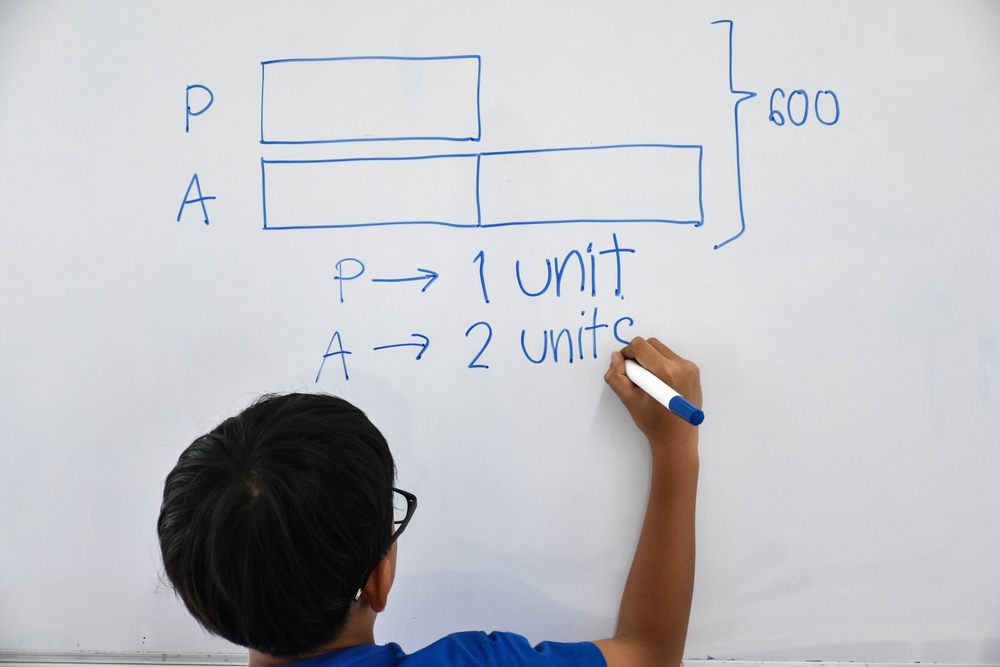Identifying story elements Reading Comprehension Worksheets for Ages 6-9
4 filtered results
-
From - To
Enhance your child's reading skills with our "Identifying Story Elements" worksheets, designed specifically for ages 6-9. These engaging resources help young readers comprehend essential components of a story, including characters, setting, plot, and main ideas. By using interactive activities, kids will develop critical thinking as they analyze stories and identify key elements. Our worksheets foster a love for reading while strengthening comprehension skills, making storytime both fun and educational. Ideal for home or classroom use, these downloadable worksheets are perfect for teachers and parents seeking to support early literacy. Unlock your child's potential with these essential reading comprehension tools today!


Craft and Structure: Assessment 1 Worksheet


Story Structure Worksheet


A Day at the Park Worksheet


Story Elements Printable
Identifying story elements—such as characters, setting, plot, conflict, and resolution—is a crucial aspect of reading comprehension for young readers aged 6-9. Understanding these elements helps children anchor their thoughts around a narrative, making it easier for them to grasp the overall meaning of a story. Parents and teachers should care about this skill because it fosters critical thinking and analytical abilities, encouraging kids to engage with texts on a deeper level.
Moreover, recognizing story elements aids in building vocabulary and enhancing language skills. Children learn to articulate their thoughts and feelings about characters and events, which contributes to their communication skills. When children can identify what makes a character relatable or how the setting impacts the plot, they are more likely to become avid readers and develop a lifelong love for literature.
Additionally, these comprehension skills support academic success across subjects, not just reading, as they help children transfer their understanding into writing and discussions. By promoting the identification of story elements, caregivers can empower children to become confident and competent readers, providing a solid foundation for their future educational journeys. In short, caring about these skills is investing in a child’s intellectual, emotional, and social growth.
 Assign to My Students
Assign to My Students




.jpg)














